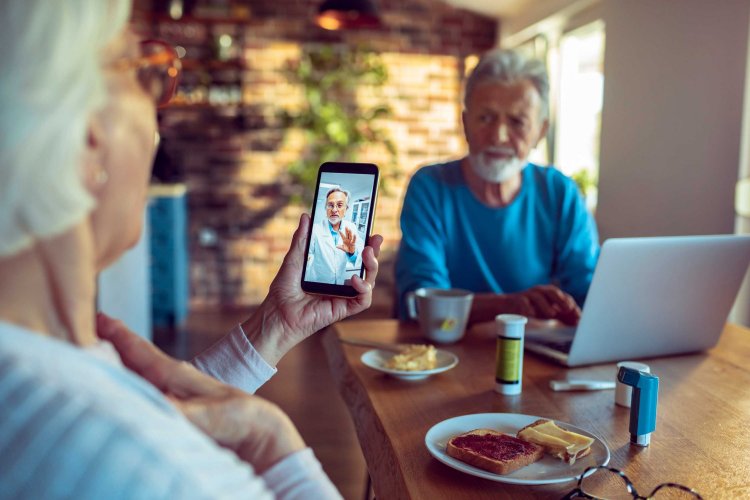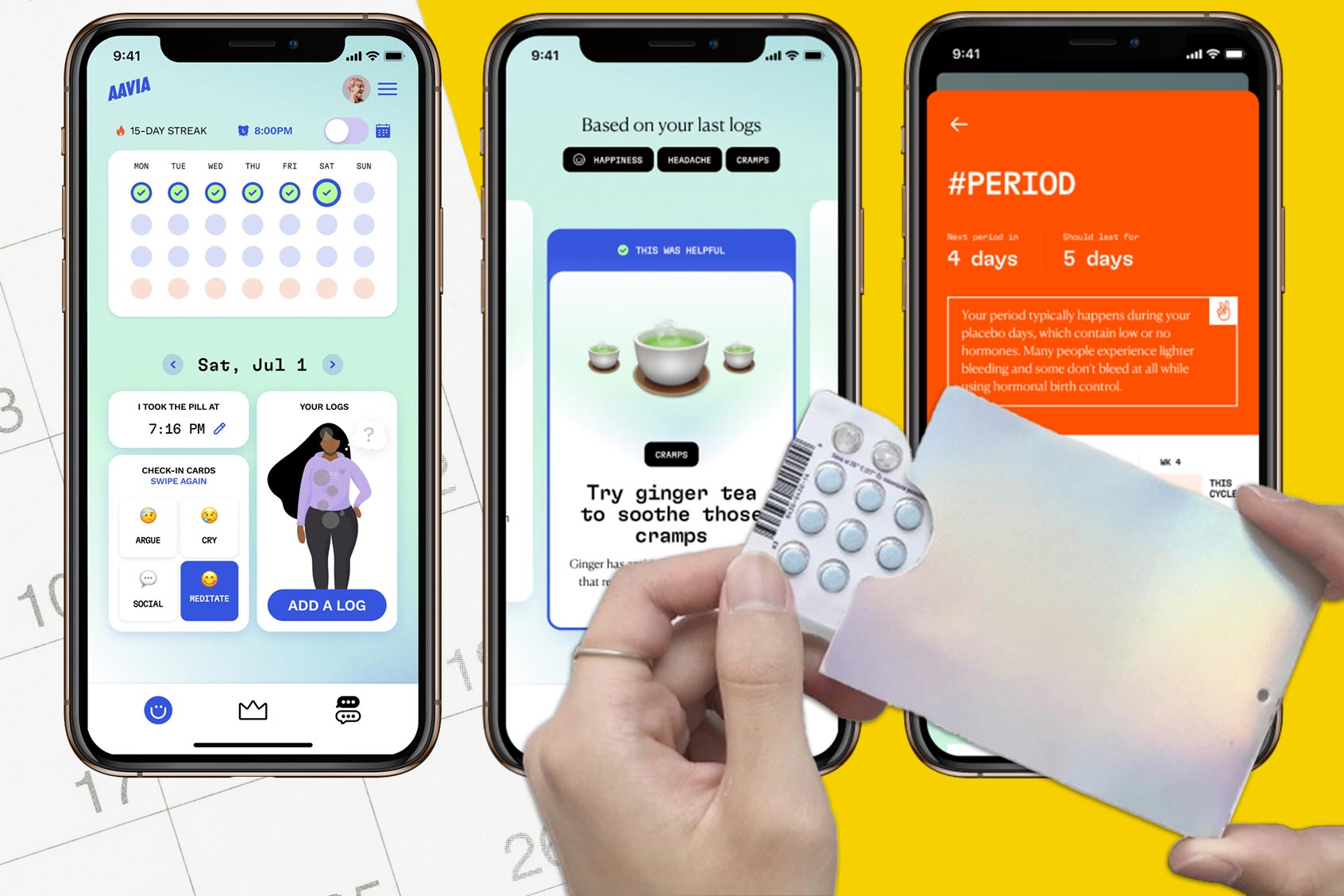How Providers Can Improve Seniors’ Access to Telehealth

By July 2020, 80% of healthcare providers had conducted telehealth visits[1], yet the majority of patients seen were under the age of 65[2].
Much of this is likely because, unlike the 65+ population, younger individuals are typically more technologically adept and able to navigate the devices and applications needed for a telehealth visit. The elderly population, while they stand to benefit significantly from telehealth (they are more susceptible to COVID-19, and 85.6% have at least one chronic condition[3]), they need additional support from healthcare providers to effectively make use of telehealth technology.
Trends suggest that older populations are becoming more familiar with technology; in 2019, 73% of people 65 and older versus only 14% in 2000[4]. Similarly, the start of the century saw limited numbers of smartphones used across all demographics, increasing to just over half of people over 65 nearly two decades later. Despite the growing ownership of devices amongst the senior population, only 26% report feeling very confident in the ability to use the device[5], with 73% reporting that they need assistance setting-up new devices.
To overcome telehealth barriers, physicians must recognize the disparity and implement solutions that can prove to enhance the senior population’s access to telehealth. Numerous healthcare providers have already devised strategies to assist their senior patients in accessing telehealth[6].
Some healthcare organizations have begun supplying them to patients without the means to afford the necessary devices to enable telehealth. One provider has repurposed the vans used to pick up and drop off patients from appointments to delivery vehicles that bring tablets right to the homes of elderly patients. The drivers also serve as aids to help the patient log in and navigate their way to the telehealth visit.
Other patients face physical limitations, such as vision and hearing loss that makes telehealth challenging. In cases such as these, providers are using family members and caregivers as an interpreter, relaying messages between the patient and the provider. When a family member or caregiver is unavailable, the provider can see the patient in person, often at their own home.
For patients who have the necessary technology yet lack the skills to use it effectively, providers have started introducing “practice visits,” designed to provide the patient with the training needed to use their device correctly. Providers implementing this strategy found that both they and their patients have more successful telehealth visits.
In addition, some providers choose to provide high-risk patient monitoring devices, like scales and blood pressure cuffs, teaching them and their caregivers how to use and report data accurately. For patients who would typically have frequent in-person visits, this data collection allows providers to detect irregularities in the patient’s vitals that could signal a worsening of their condition and require urgent care.
Such strategies are proving effective at increasing senior access to telehealth. By providing support and resources to actively use telehealth, seniors can enjoy more time at home, increased independence, and enjoy better health outcomes. As technology continues to evolve and new demographics age, it will be interesting to see how long-term telehealth takes shape.










